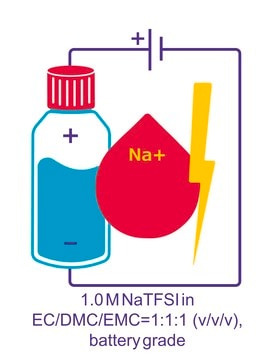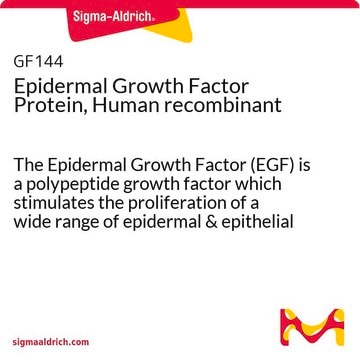SCC008
ReNcell VM Human Neural Progenitor Cell LIne
ReNcell VM is an immortalized human neural progenitor cell line with the ability to readily differentiate into neurons & glial cells.
Synonyme(s) :
Human NSC Line, Human Neural Stem Cell Line, Human Neural Stem Cells
About This Item
Produits recommandés
Source biologique
human
Niveau de qualité
Fabricant/nom de marque
Chemicon®
ReNcell
Technique(s)
cell culture | stem cell: suitable
Entrée
sample type neural stem cell(s)
Conditions d'expédition
liquid nitrogen
Description générale
ReNcell Now Used in a 3D Cell Model of Alzheimer′s Disease!
Tanzi, R and Kim, DY et. al. A three-dimensional human neural cell culture model of Alzheimer′s disease. Nature. 2014 Nov 13;515(7526):274-8.
(Published in Nature)
Description de la lignée cellulaire
Application
Stem Cell Research
Composants
Qualité
Stockage et stabilité
Autres remarques
Informations légales
Clause de non-responsabilité
Code de la classe de stockage
12 - Non Combustible Liquids
Classe de danger pour l'eau (WGK)
WGK 3
Point d'éclair (°F)
does not flash
Point d'éclair (°C)
does not flash
Certificats d'analyse (COA)
Recherchez un Certificats d'analyse (COA) en saisissant le numéro de lot du produit. Les numéros de lot figurent sur l'étiquette du produit après les mots "Lot" ou "Batch".
Déjà en possession de ce produit ?
Retrouvez la documentation relative aux produits que vous avez récemment achetés dans la Bibliothèque de documents.
Les clients ont également consulté
Articles
ReNcell neural progenitors are immortalized human neural stem cell lines that can differentiate into neurons, astrocytes sand oligodendrocytes.
Read types of stem cells including multipotent stem cells, Pluripotent stem cells and iPSCs and their applications in basic stem cell research, stem cell therapy and disease modelling
Frequently asked questions about neural stem cells including NSC derivation, expansion and differentiation.
Derivation and characterization of functional human neural stem cell derived oligodendrocyte progenitor cells (OPCs) that efficiently myelinate primary neurons in culture.
Protocoles
Cultivate ReNcell® human neural stem cells in 3D hydrogels for high-throughput screening using the TrueGel3D® HTS Hydrogel Plate with this protocol.
A stem cell culture protocol to generate 3D NSC models of Alzheimer’s disease using ReNcell human neural stem cell lines.
Step-by-step culture protocols for neural stem cell culture including NSC isolation, expansion, differentiation and characterization.
Notre équipe de scientifiques dispose d'une expérience dans tous les secteurs de la recherche, notamment en sciences de la vie, science des matériaux, synthèse chimique, chromatographie, analyse et dans de nombreux autres domaines..
Contacter notre Service technique










